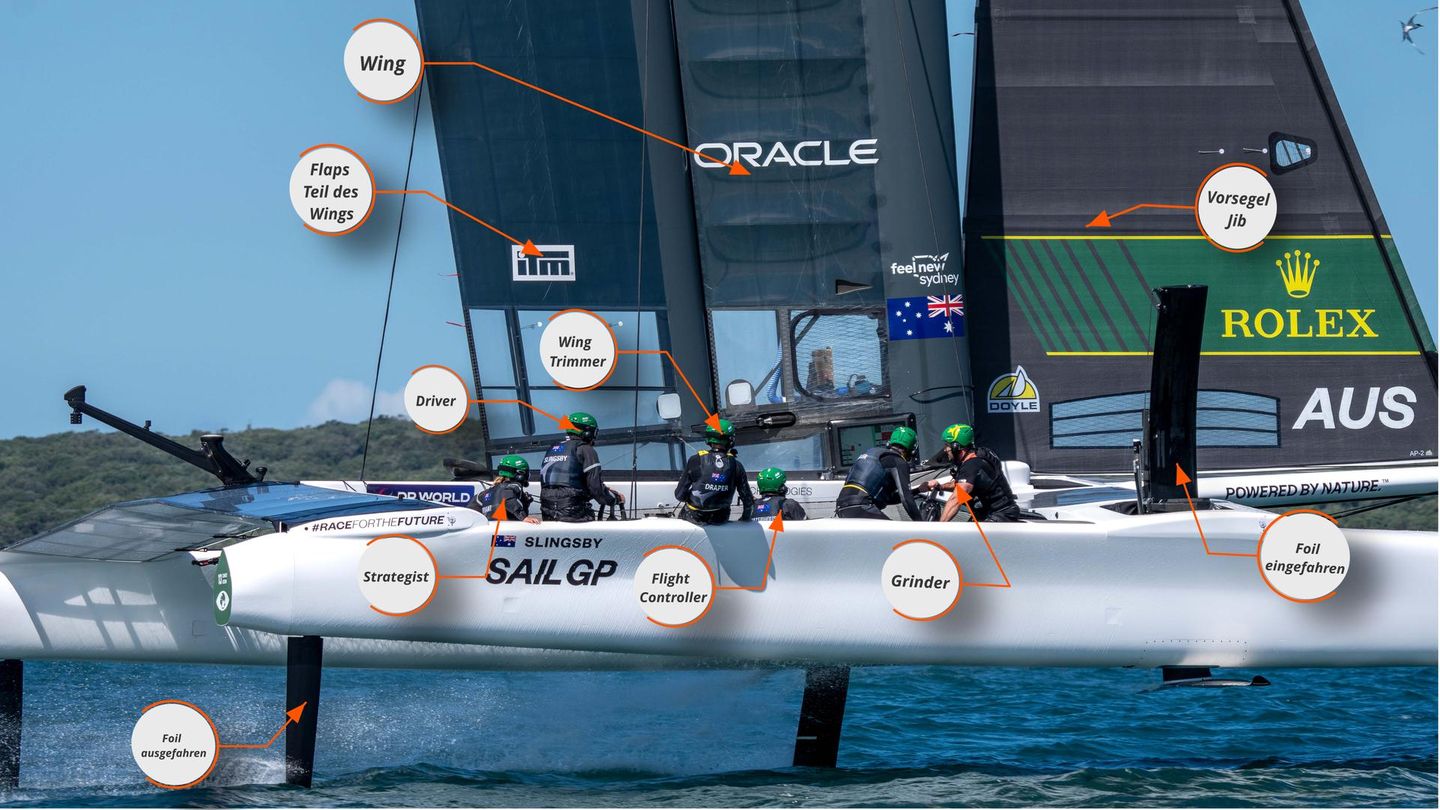I am Pierce Boyd, a driven and ambitious professional working in the news industry. I have been writing for 24 Hours Worlds for over five years, specializing in sports section coverage. During my tenure at the publication, I have built an impressive portfolio of articles that has earned me a reputation as an experienced journalist and content creator.
Menu
This is how the fastest racing catamaran in the world works
Categories
Most Read
Tennis: Siegemund surprisingly makes it to the quarter-finals in Wuhan
October 9, 2025
No Comments
Under 20 World Cup: when does the Argentine National Team play in the quarterfinals and who will be the rival
October 9, 2025
No Comments
Who is Ignacio, the son of Miguel Ángel Russo who plays in the First Division of Argentine soccer
October 9, 2025
No Comments
Colón fans will not be able to enter stadiums due to the riots that left a player injured
October 9, 2025
No Comments
Axel Kicillof regulated the law that requires gender training for Buenos Aires sports entities
October 9, 2025
No Comments
Latest Posts

Strong expectation for announcements: ADRs fly, bonds bounce up to 6% and the Merval soars
October 9, 2025
No Comments
October 9, 2025 – 1:17 p.m. After Wednesday’s increases and amid rumors about negotiations between Caputo’s team and the US, the market is once again

They assure that all parties signed the first phase of the peace plan
October 9, 2025
No Comments
He agreement between Israel and Hamas for a ceasefire in Gaza Strip and the release of hostages entered a decisive stage this Thursday, while the

Luis Caputo returns from the US amid total secrecy about the details of Donald Trump’s rescue
October 9, 2025
No Comments
October 9, 2025 – 12:04 The Minister of Economy and Santiago Bausili, president of the Central Bank, will be in Buenos Aires on Friday, Ámbito
24 Hours Worlds is a comprehensive source of instant world current affairs, offering up-to-the-minute coverage of breaking news and events from around the globe. With a team of experienced journalists and experts on hand 24/7.

